Bitcoin has not done as well as was promised, according to the naysayers. That is a vague statement since, over the thirteen years of its existence, there have been multiple promises and predictions from a diverse range of commentators.
Has bitcoin become a global currency, acting as a peer-to-peer, digital medium of exchange? This is what its creator intended, and it is true to say that this has not yet happened to a far-reaching extent. However, although you can find early predictions articulating an unrealistically short time-frame, it is reasonable to think that bitcoin was not widely expected to have fully assumed a currency role within thirteen years from its inception.
How about bitcoin as a store of value? After all, if it functions as a currency and it will stick around, then it must retain value, and so also function as a viable place in which to park wealth.
If you bought BTC between December 2020 and around now, then you are likely to be underwater. However, if you bought at any point over the eleven years prior to that, then you’re doing fine (at the very least).
Additionally, bitcoin is currently at a historic halving cycle low, during a generational macro-economic whirlwind that is wreaking havoc across the board. When considering its functionality as a store of value, it would be appropriate to check back in a year or two, and then again in the second half of the decade, and see how bitcoin is faring.
But, then there is another claim, one that is particularly romanticized and stirring and can galvanize sentiment among holders, which is that bitcoin is a life-raft or a means of opting out of corrupt and broken systems in favor of a stronger more hopeful alternative.
On a practical level, this requires bitcoin to detach from traditional markets and tech stocks, from political partisanship, and even from macroeconomics. In addition, it requires a circular economy to develop, in which no one ever needs to cash out to fiat, for any reason and any remaining links with old money are broken.
Again, this is not something that was predicted to have occurred within thirteen years, and, if it were to happen, it would be a profound social shift. But, how realistic is this expectation? If we accept, as mentioned, that bitcoin is already being used peer-to-peer, that this function is very beneficial, and that rails exist specifically to enable that use, then why should there not, at some point, be a tipping point into a truly circular independent economy, which then, if it was superior, would cease to be an independent economy and can simply be the way people choose to transact?
Some would say that’s a pipedream because political authorities will not allow it to happen, but then it is precisely those established authorities to which Bitcoin is the alternative. By that reasoning, that Bitcoin will not be allowed to flourish, there can never be a shift away from the existing ways of doing business, simply because the existing ways exist and are resistant. To accept that line of thought would be defeatist in the extreme, and what’s more, Bitcoin does not supersede competitors by confronting them, it does so by flowing around them.
One more point is that when it comes to providing an alternative, bitcoin is already fulfilling that role, albeit in a less quantifiable, chart-friendly manner. New cultures, dynamic but grounded networks, and growing libraries of education and philosophy have developed and expanded around bitcoin. These communities and resources cross over between disciplines and come at current affairs from angles that are ignored by incurious mainstream media outlets which seem restricted, and even sanctimonious, by comparison.
Access and engage with the networks that have built up around it, and you soon see that bitcoin is acting in a very curious and compelling manner. Not, in this case, as currency or a store of value, but as a catalyst, connector and hub Hub A hub as its name suggests describes the center of activity or a focal point. In terms of finance, the term hub can refer to Hub and Spoke Trading or a liquidity hub. However, the terms are not interchangeable, but they do overlap. Hub and Spoke trading refer to a network that posts bids and offers for an asset and therefore creates a real market. For example, Hub and Spoke trading allow traders to see the other submissions and offers from other traders on the platform. This is a popular method used by cryptocurrency exchanges. This method provides transparency and allows traders to see the depth of the market. It also allows for more competitive pricing because there is no trading desk and no price manipulation. The disadvantage of this type of platform is that sudden market volatility can shift all traders to one side of the market or the other. There can be all buys and no seller or all sellers and no buyers. Liquidity Hubs ExplainedThis leads us to a liquidity hub, which platforms and brokers use to process each trade on their platform. When many liquidity providers join together to form a liquidity hub, they can also process trades whether they are more buys then sellers or vice versa. Deals can be processed faster for lower costs. Liquidity hubs allow brokers to deliver tight spreads into their traders and execute client orders at the best available prices from multiple liquidity providers. Liquidity hubs are traditionally hosted in premier data centers with a high concentration of trading participants such as Hong Kong, Chicago, or New York. These hub services provide full redundancies on the equipment and network supporting them, including the international pipe to primary and secondary data centers. A hub as its name suggests describes the center of activity or a focal point. In terms of finance, the term hub can refer to Hub and Spoke Trading or a liquidity hub. However, the terms are not interchangeable, but they do overlap. Hub and Spoke trading refer to a network that posts bids and offers for an asset and therefore creates a real market. For example, Hub and Spoke trading allow traders to see the other submissions and offers from other traders on the platform. This is a popular method used by cryptocurrency exchanges. This method provides transparency and allows traders to see the depth of the market. It also allows for more competitive pricing because there is no trading desk and no price manipulation. The disadvantage of this type of platform is that sudden market volatility can shift all traders to one side of the market or the other. There can be all buys and no seller or all sellers and no buyers. Liquidity Hubs ExplainedThis leads us to a liquidity hub, which platforms and brokers use to process each trade on their platform. When many liquidity providers join together to form a liquidity hub, they can also process trades whether they are more buys then sellers or vice versa. Deals can be processed faster for lower costs. Liquidity hubs allow brokers to deliver tight spreads into their traders and execute client orders at the best available prices from multiple liquidity providers. Liquidity hubs are traditionally hosted in premier data centers with a high concentration of trading participants such as Hong Kong, Chicago, or New York. These hub services provide full redundancies on the equipment and network supporting them, including the international pipe to primary and secondary data centers. Read this Term, bringing together people and organizations who look at the world differently and understand, or soon come to understand, that if you fix the money, you fix a lot more besides.
It is sometimes asked why those who get into bitcoin, or more broadly, into crypto in general, seem to become consumed by it, and this may be the answer: that it has brought into existence a potent social network which is enormously, constructively optimistic, and which presents concrete, tech-driven alternatives.
Bitcoiners can come across as extremely resilient, and remarkably capable of letting short-term bad news slide off their backs. Every time positive reminders are required, and even in the worst of circumstances, the familiar mantras are repeated without fuss or excess emotion: stack sats and HODL.
Do the mantras work because bitcoin works, or does bitcoin work because the mantras work? Either way, in a time of global flux, and when people are searching for better ways of life, all possibilities are there for the taking.
Bitcoin has not done as well as was promised, according to the naysayers. That is a vague statement since, over the thirteen years of its existence, there have been multiple promises and predictions from a diverse range of commentators.
Has bitcoin become a global currency, acting as a peer-to-peer, digital medium of exchange? This is what its creator intended, and it is true to say that this has not yet happened to a far-reaching extent. However, although you can find early predictions articulating an unrealistically short time-frame, it is reasonable to think that bitcoin was not widely expected to have fully assumed a currency role within thirteen years from its inception.
How about bitcoin as a store of value? After all, if it functions as a currency and it will stick around, then it must retain value, and so also function as a viable place in which to park wealth.
If you bought BTC between December 2020 and around now, then you are likely to be underwater. However, if you bought at any point over the eleven years prior to that, then you’re doing fine (at the very least).
Additionally, bitcoin is currently at a historic halving cycle low, during a generational macro-economic whirlwind that is wreaking havoc across the board. When considering its functionality as a store of value, it would be appropriate to check back in a year or two, and then again in the second half of the decade, and see how bitcoin is faring.
But, then there is another claim, one that is particularly romanticized and stirring and can galvanize sentiment among holders, which is that bitcoin is a life-raft or a means of opting out of corrupt and broken systems in favor of a stronger more hopeful alternative.
On a practical level, this requires bitcoin to detach from traditional markets and tech stocks, from political partisanship, and even from macroeconomics. In addition, it requires a circular economy to develop, in which no one ever needs to cash out to fiat, for any reason and any remaining links with old money are broken.
Again, this is not something that was predicted to have occurred within thirteen years, and, if it were to happen, it would be a profound social shift. But, how realistic is this expectation? If we accept, as mentioned, that bitcoin is already being used peer-to-peer, that this function is very beneficial, and that rails exist specifically to enable that use, then why should there not, at some point, be a tipping point into a truly circular independent economy, which then, if it was superior, would cease to be an independent economy and can simply be the way people choose to transact?
Some would say that’s a pipedream because political authorities will not allow it to happen, but then it is precisely those established authorities to which Bitcoin is the alternative. By that reasoning, that Bitcoin will not be allowed to flourish, there can never be a shift away from the existing ways of doing business, simply because the existing ways exist and are resistant. To accept that line of thought would be defeatist in the extreme, and what’s more, Bitcoin does not supersede competitors by confronting them, it does so by flowing around them.
One more point is that when it comes to providing an alternative, bitcoin is already fulfilling that role, albeit in a less quantifiable, chart-friendly manner. New cultures, dynamic but grounded networks, and growing libraries of education and philosophy have developed and expanded around bitcoin. These communities and resources cross over between disciplines and come at current affairs from angles that are ignored by incurious mainstream media outlets which seem restricted, and even sanctimonious, by comparison.
Access and engage with the networks that have built up around it, and you soon see that bitcoin is acting in a very curious and compelling manner. Not, in this case, as currency or a store of value, but as a catalyst, connector and hub Hub A hub as its name suggests describes the center of activity or a focal point. In terms of finance, the term hub can refer to Hub and Spoke Trading or a liquidity hub. However, the terms are not interchangeable, but they do overlap. Hub and Spoke trading refer to a network that posts bids and offers for an asset and therefore creates a real market. For example, Hub and Spoke trading allow traders to see the other submissions and offers from other traders on the platform. This is a popular method used by cryptocurrency exchanges. This method provides transparency and allows traders to see the depth of the market. It also allows for more competitive pricing because there is no trading desk and no price manipulation. The disadvantage of this type of platform is that sudden market volatility can shift all traders to one side of the market or the other. There can be all buys and no seller or all sellers and no buyers. Liquidity Hubs ExplainedThis leads us to a liquidity hub, which platforms and brokers use to process each trade on their platform. When many liquidity providers join together to form a liquidity hub, they can also process trades whether they are more buys then sellers or vice versa. Deals can be processed faster for lower costs. Liquidity hubs allow brokers to deliver tight spreads into their traders and execute client orders at the best available prices from multiple liquidity providers. Liquidity hubs are traditionally hosted in premier data centers with a high concentration of trading participants such as Hong Kong, Chicago, or New York. These hub services provide full redundancies on the equipment and network supporting them, including the international pipe to primary and secondary data centers. A hub as its name suggests describes the center of activity or a focal point. In terms of finance, the term hub can refer to Hub and Spoke Trading or a liquidity hub. However, the terms are not interchangeable, but they do overlap. Hub and Spoke trading refer to a network that posts bids and offers for an asset and therefore creates a real market. For example, Hub and Spoke trading allow traders to see the other submissions and offers from other traders on the platform. This is a popular method used by cryptocurrency exchanges. This method provides transparency and allows traders to see the depth of the market. It also allows for more competitive pricing because there is no trading desk and no price manipulation. The disadvantage of this type of platform is that sudden market volatility can shift all traders to one side of the market or the other. There can be all buys and no seller or all sellers and no buyers. Liquidity Hubs ExplainedThis leads us to a liquidity hub, which platforms and brokers use to process each trade on their platform. When many liquidity providers join together to form a liquidity hub, they can also process trades whether they are more buys then sellers or vice versa. Deals can be processed faster for lower costs. Liquidity hubs allow brokers to deliver tight spreads into their traders and execute client orders at the best available prices from multiple liquidity providers. Liquidity hubs are traditionally hosted in premier data centers with a high concentration of trading participants such as Hong Kong, Chicago, or New York. These hub services provide full redundancies on the equipment and network supporting them, including the international pipe to primary and secondary data centers. Read this Term, bringing together people and organizations who look at the world differently and understand, or soon come to understand, that if you fix the money, you fix a lot more besides.
It is sometimes asked why those who get into bitcoin, or more broadly, into crypto in general, seem to become consumed by it, and this may be the answer: that it has brought into existence a potent social network which is enormously, constructively optimistic, and which presents concrete, tech-driven alternatives.
Bitcoiners can come across as extremely resilient, and remarkably capable of letting short-term bad news slide off their backs. Every time positive reminders are required, and even in the worst of circumstances, the familiar mantras are repeated without fuss or excess emotion: stack sats and HODL.
Do the mantras work because bitcoin works, or does bitcoin work because the mantras work? Either way, in a time of global flux, and when people are searching for better ways of life, all possibilities are there for the taking.

You can get bonuses upto $100 FREE BONUS when you:
💰 Install these recommended apps:
💲 SocialGood - 100% Crypto Back on Everyday Shopping
💲 xPortal - The DeFi For The Next Billion
💲 CryptoTab Browser - Lightweight, fast, and ready to mine!
💰 Register on these recommended exchanges:
🟡 Binance🟡 Bitfinex🟡 Bitmart🟡 Bittrex🟡 Bitget
🟡 CoinEx🟡 Crypto.com🟡 Gate.io🟡 Huobi🟡 Kucoin.




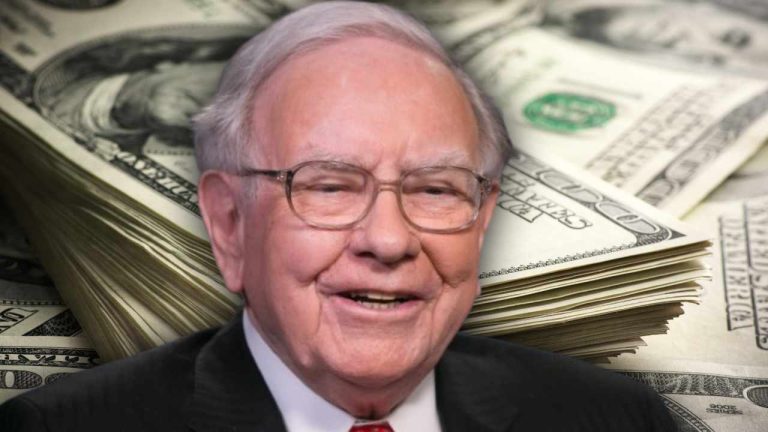
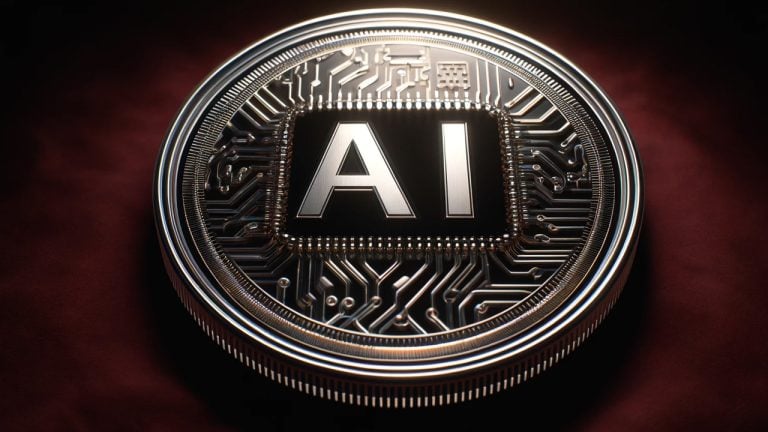



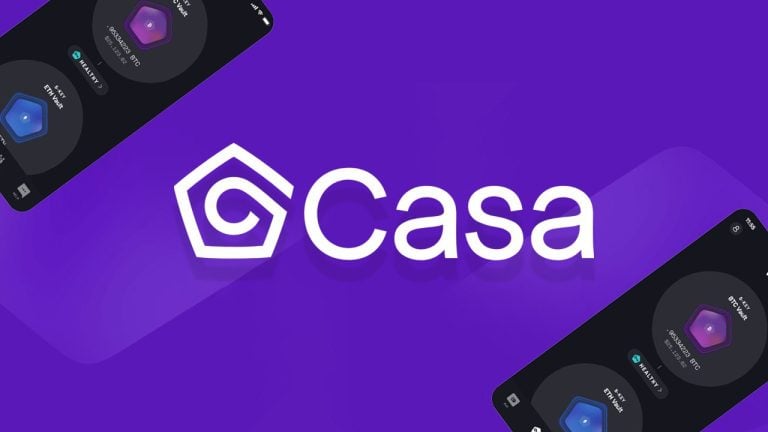
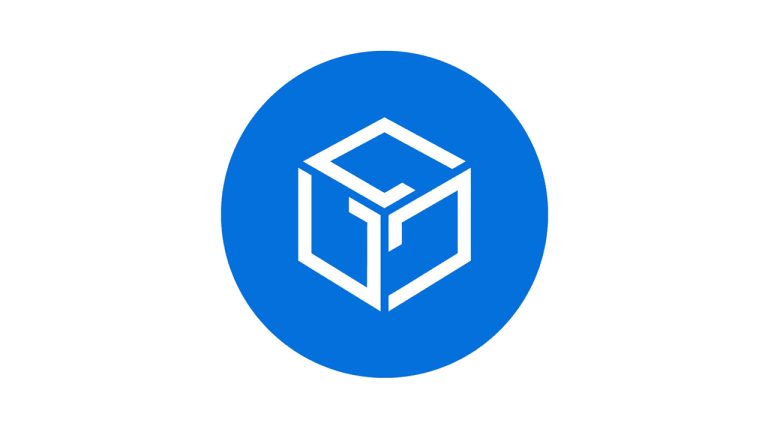

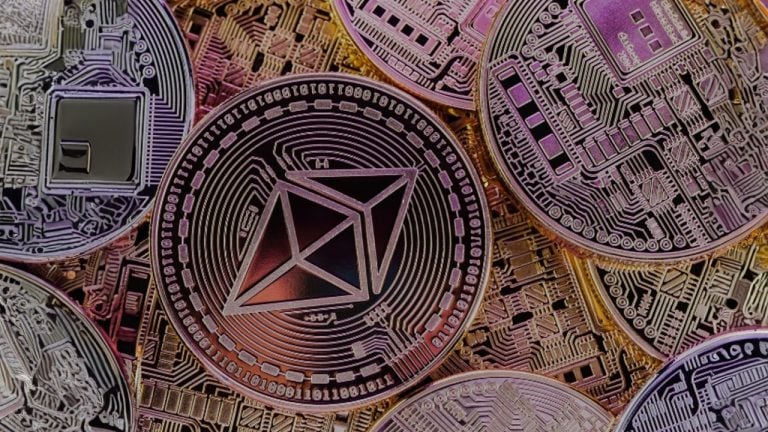
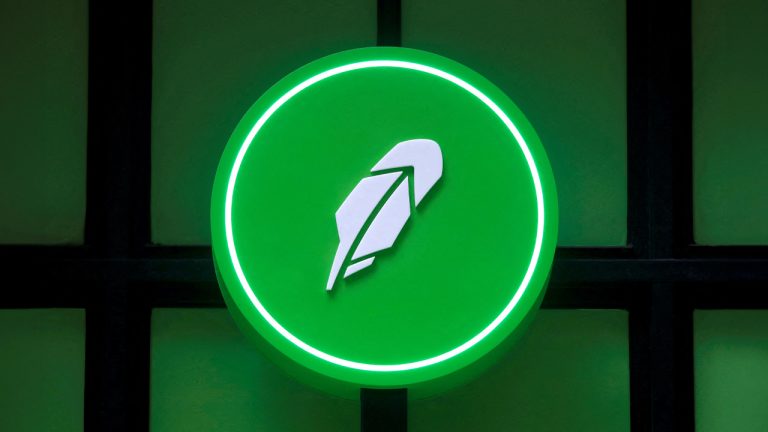
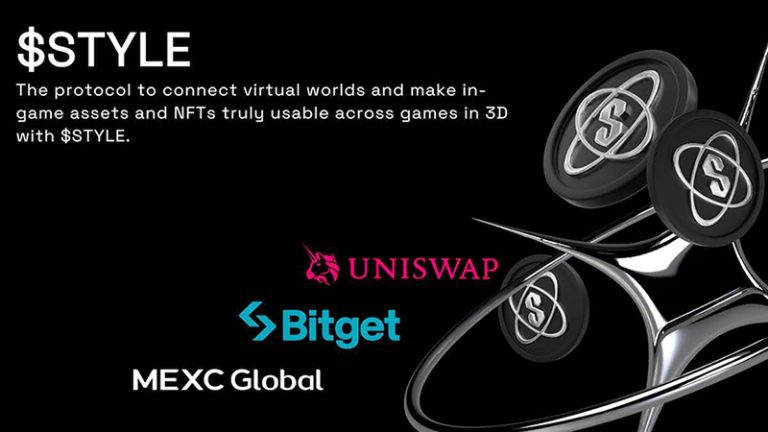

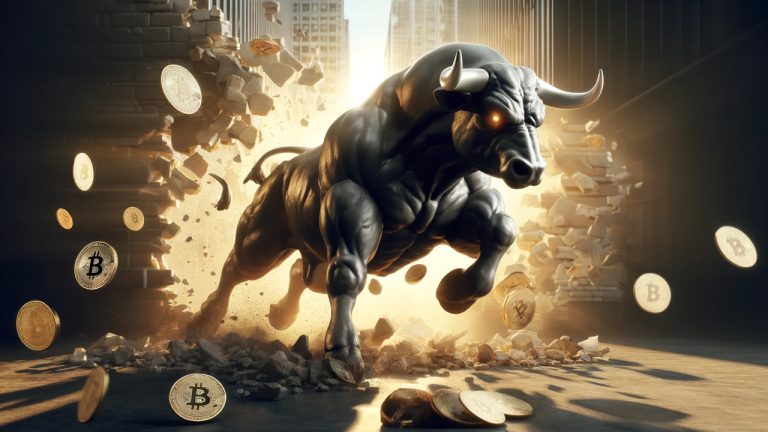
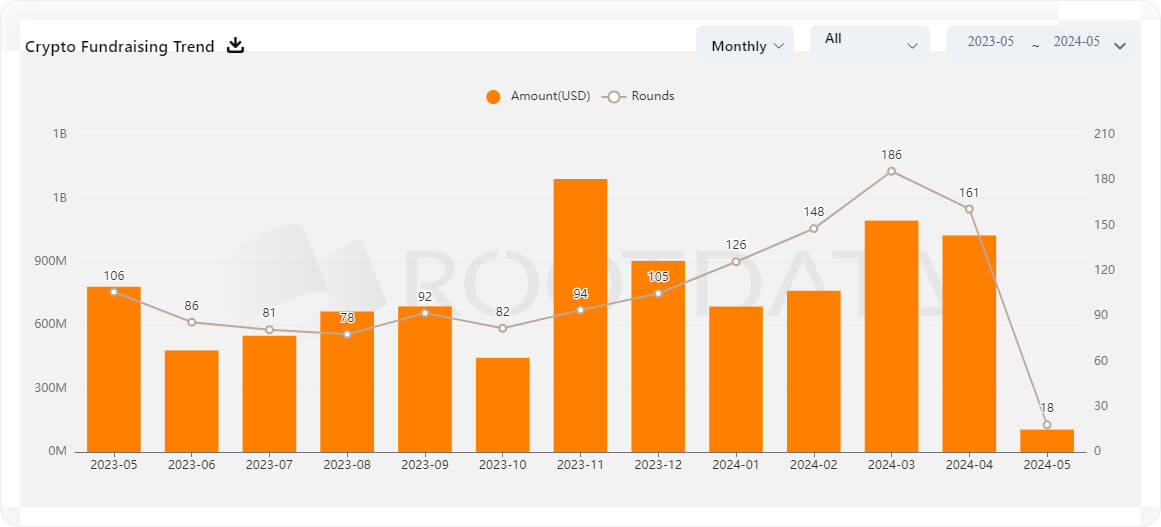
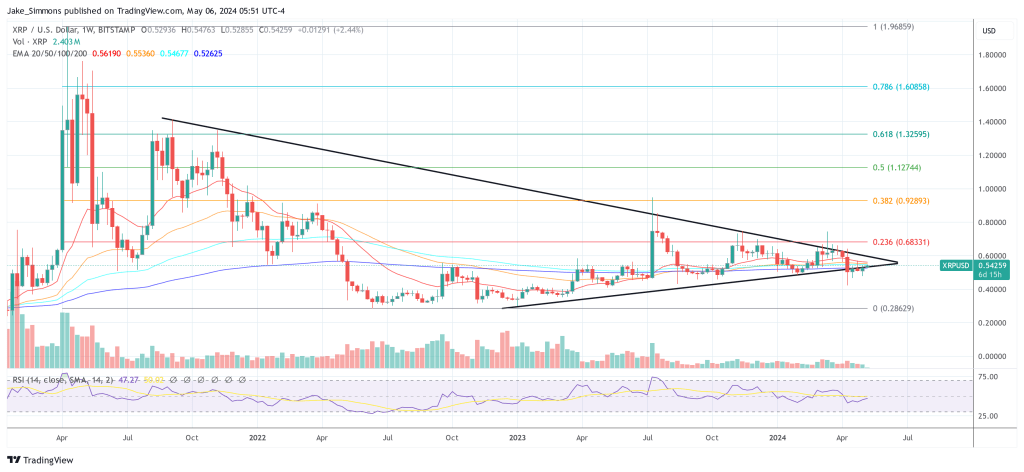
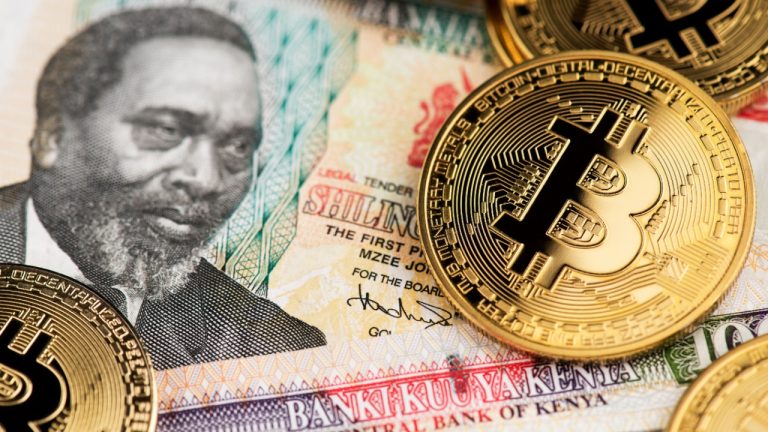
Comments